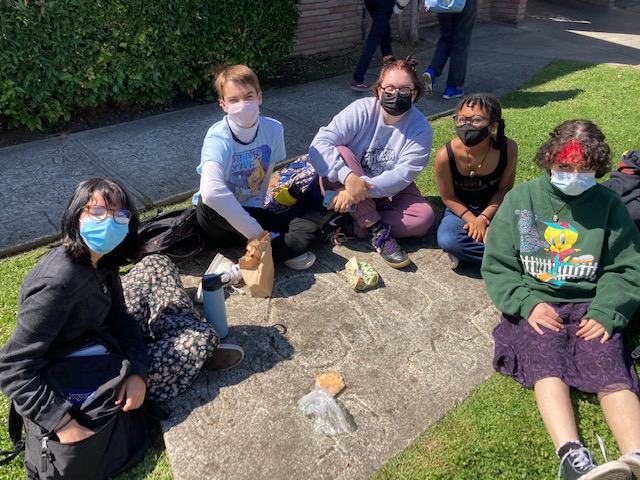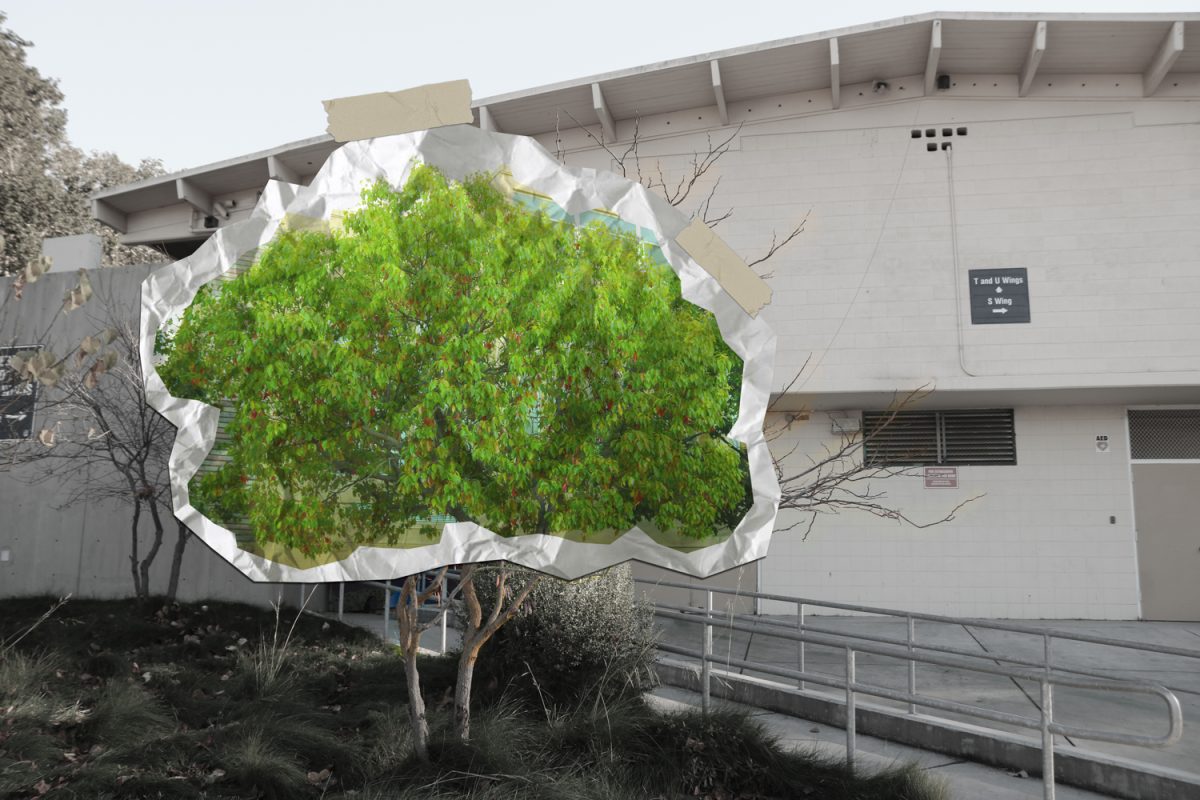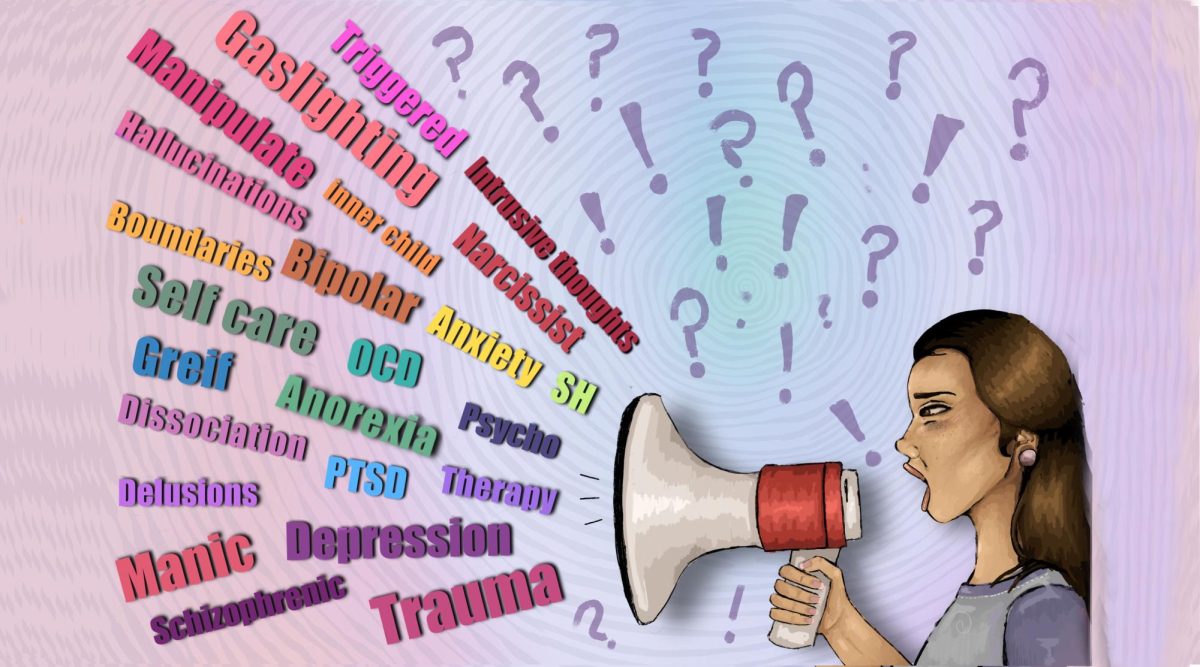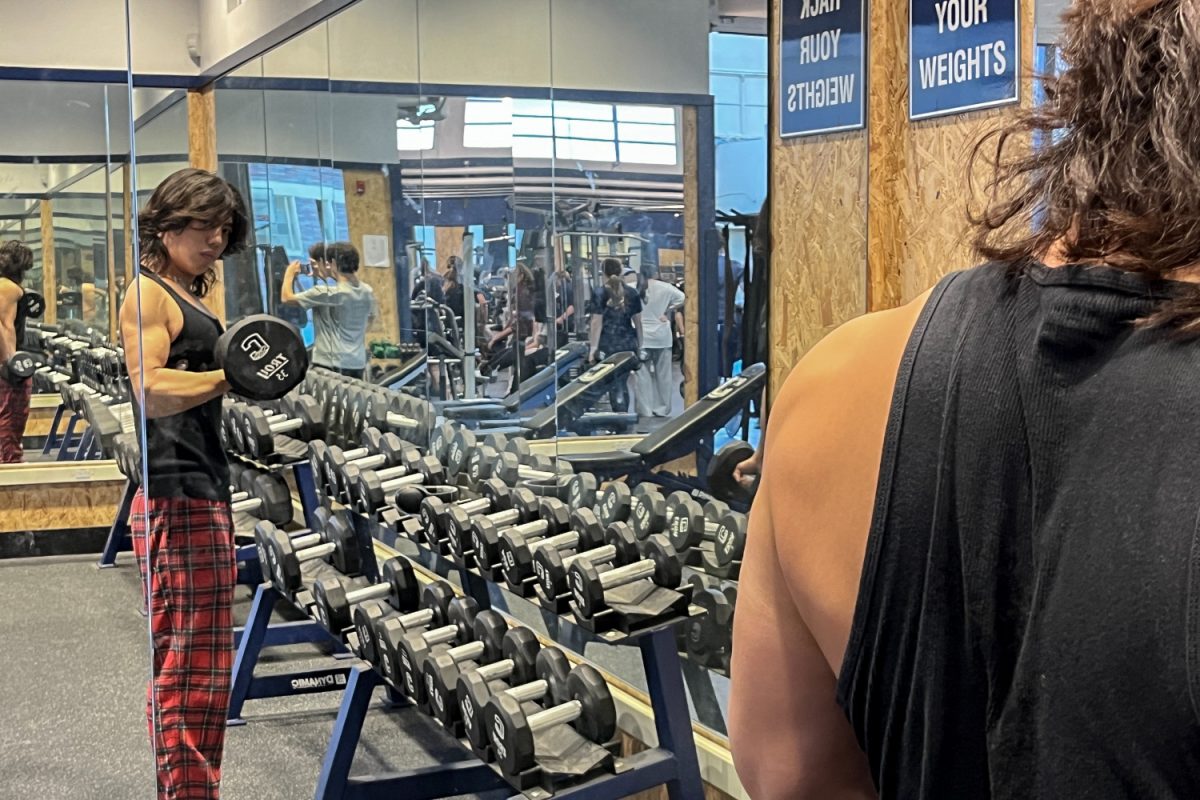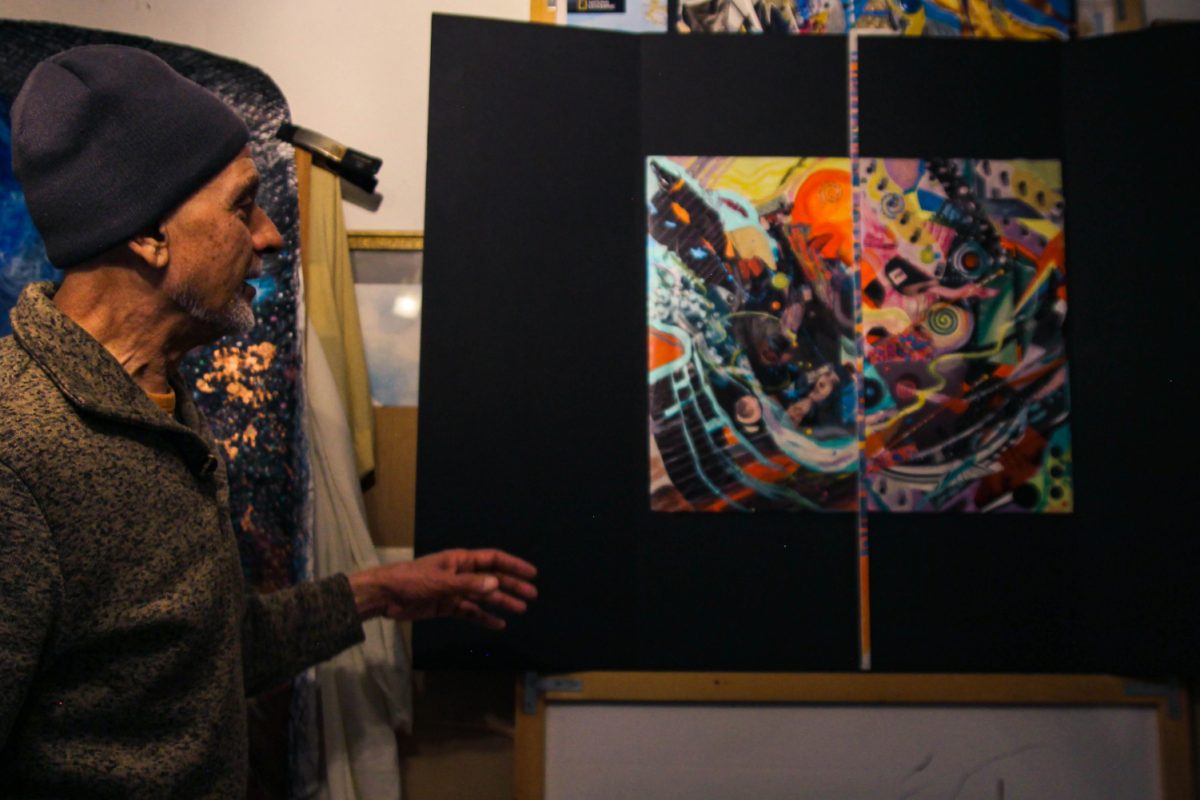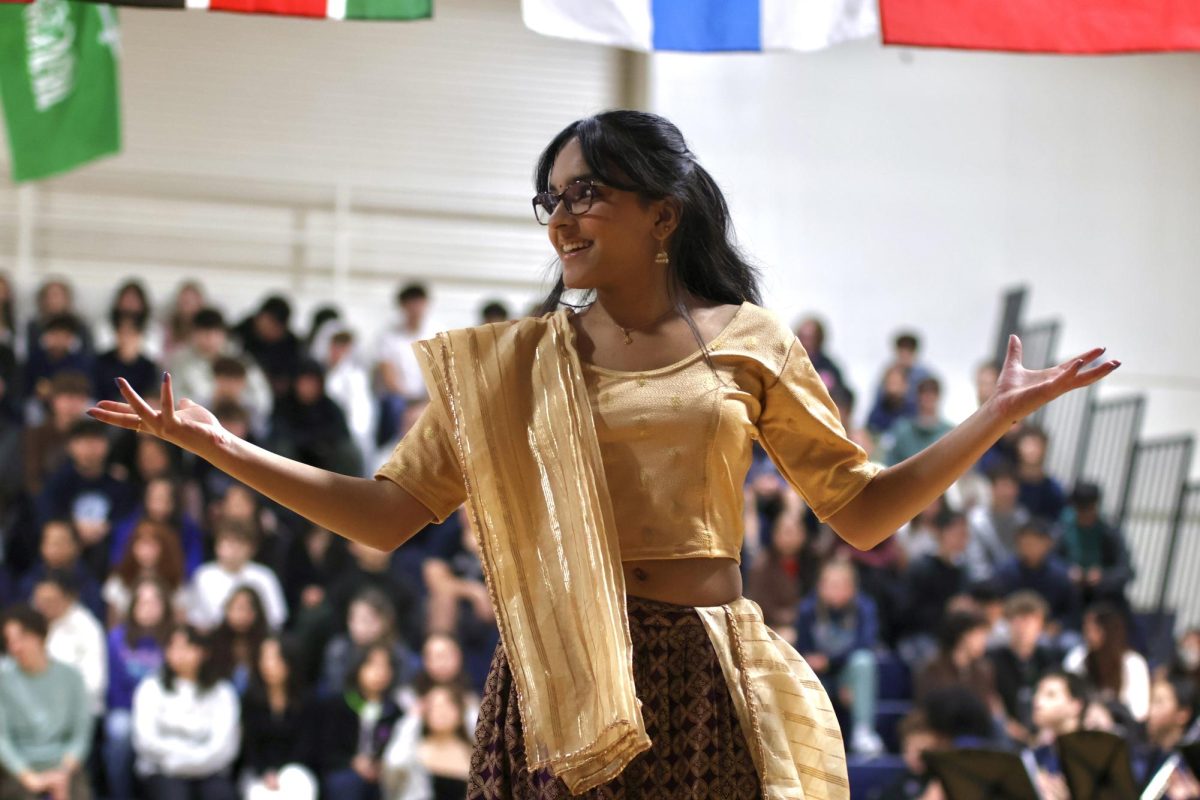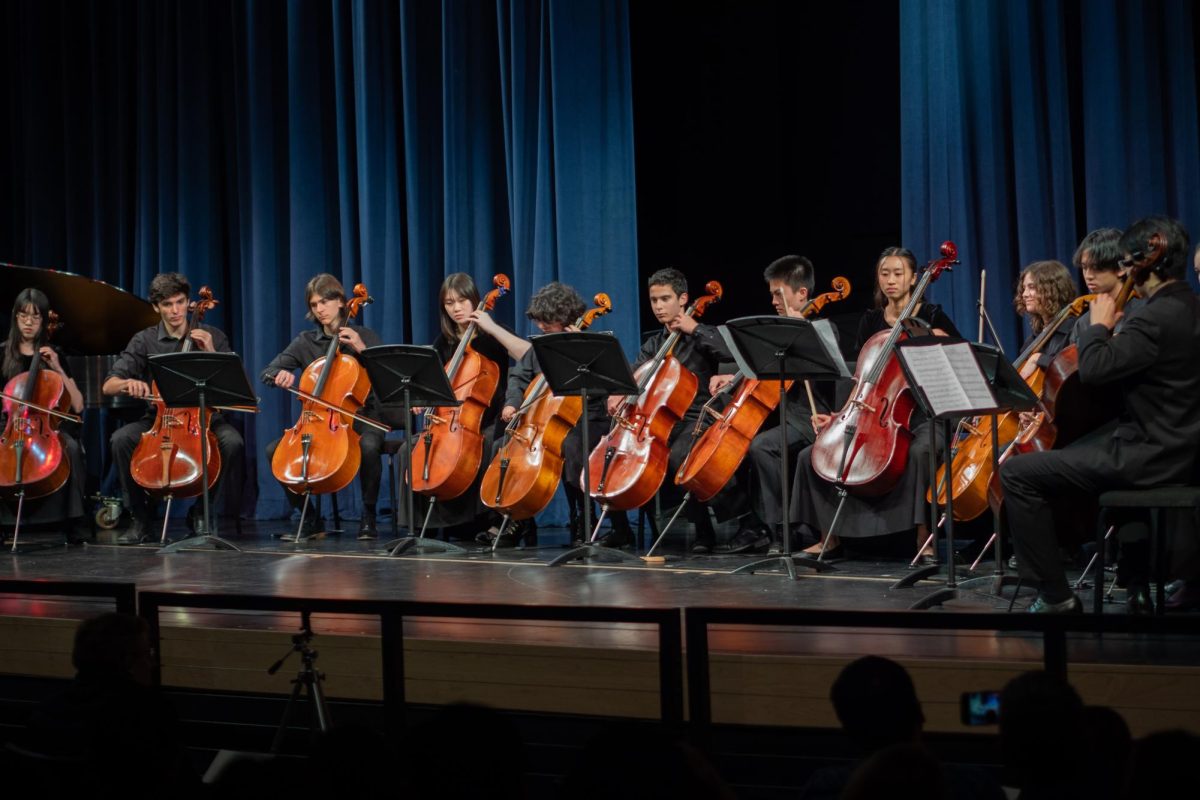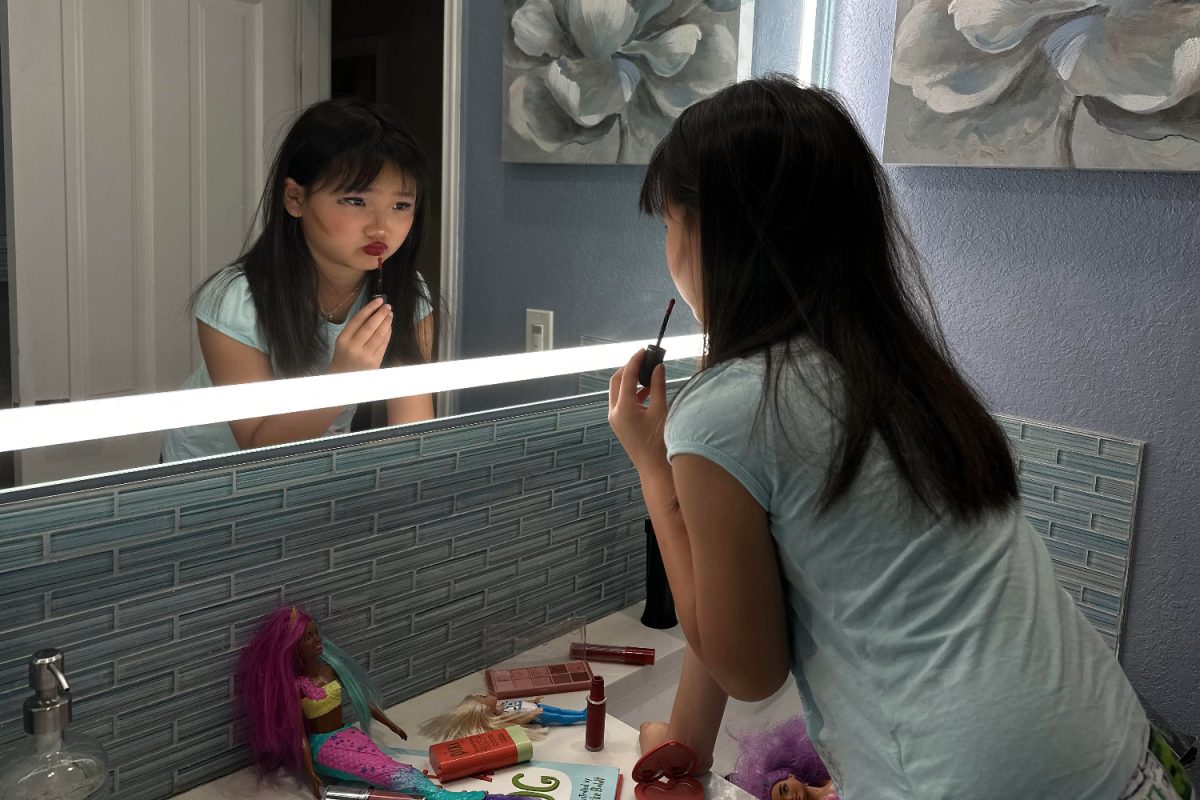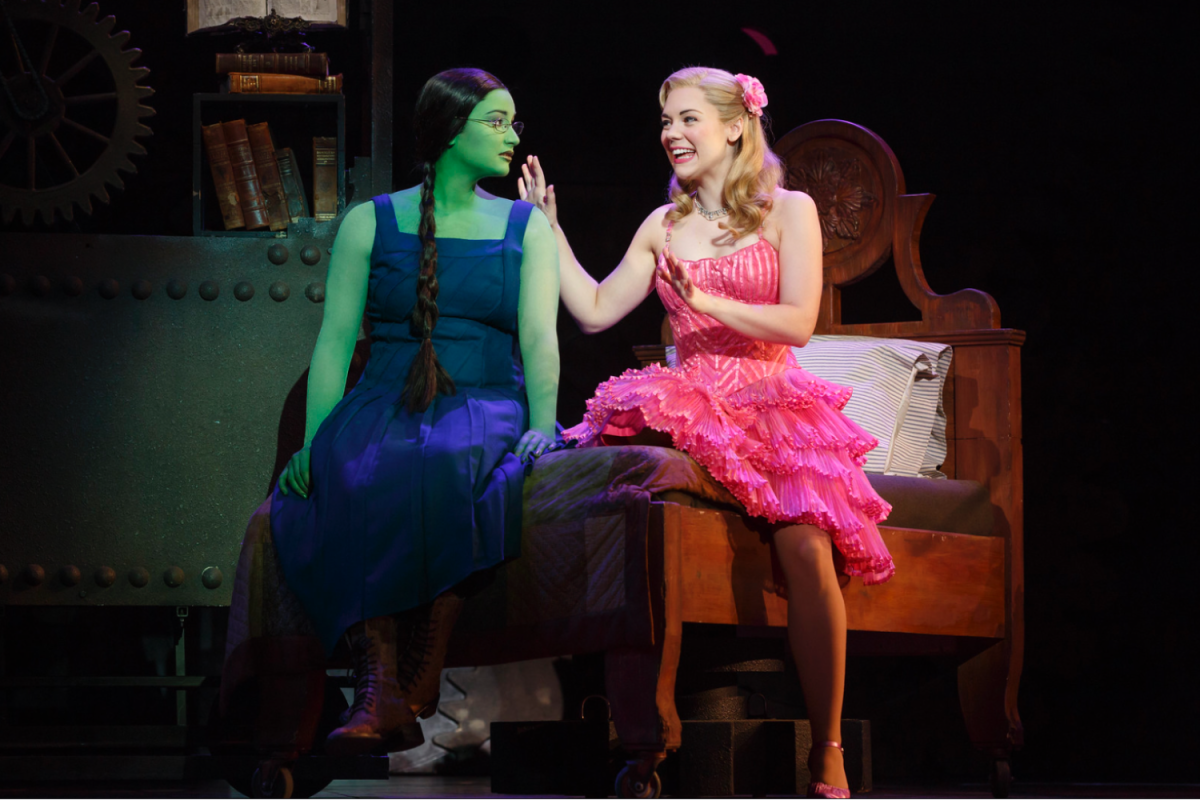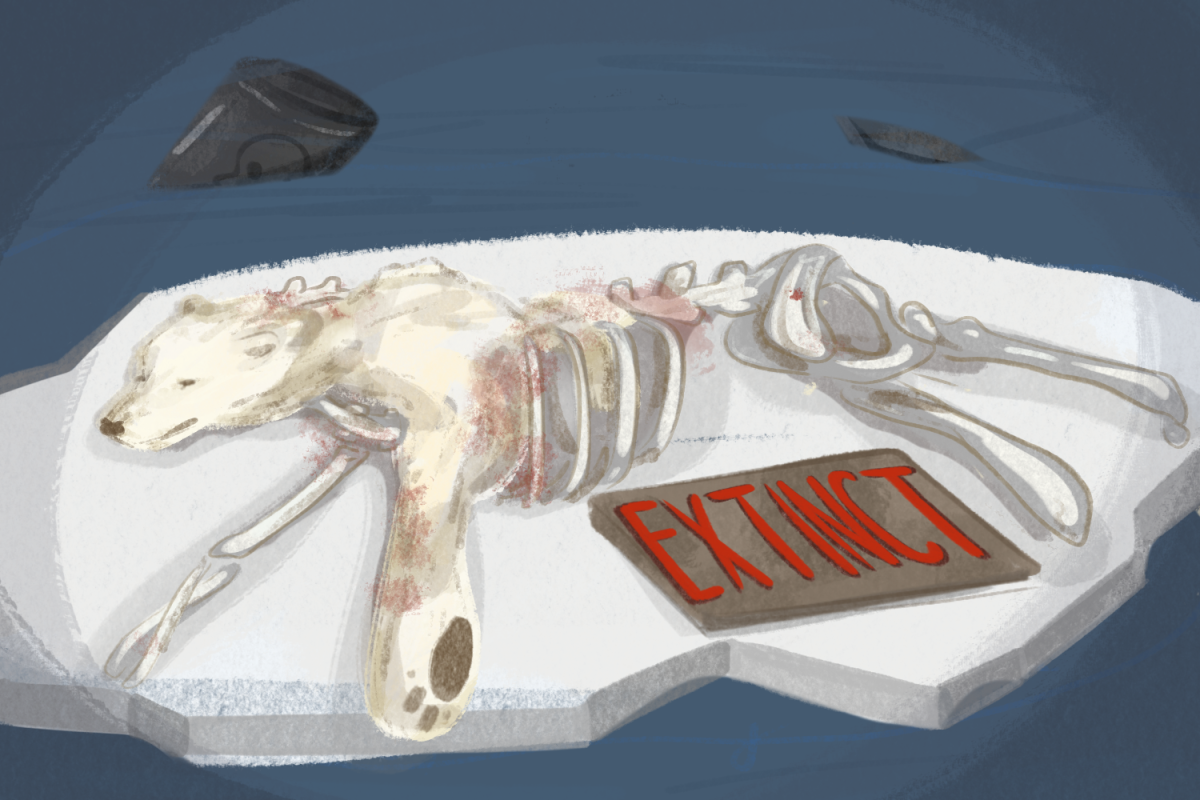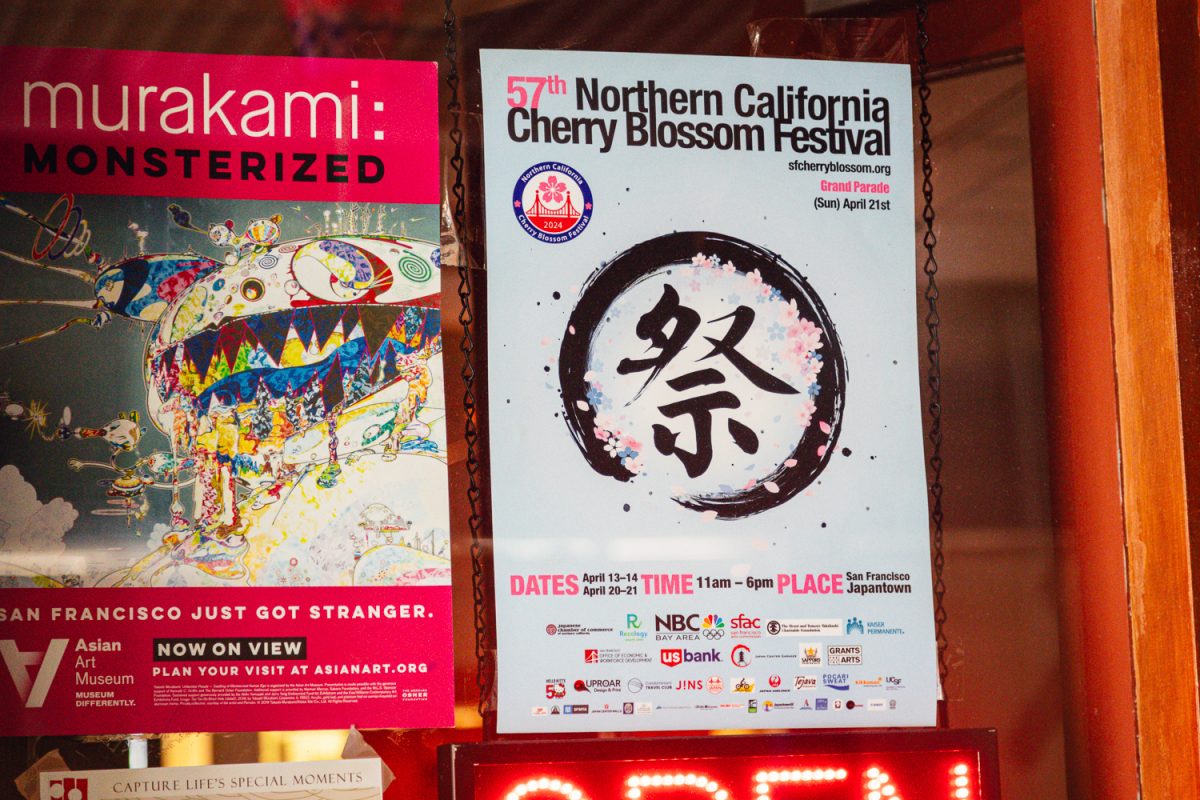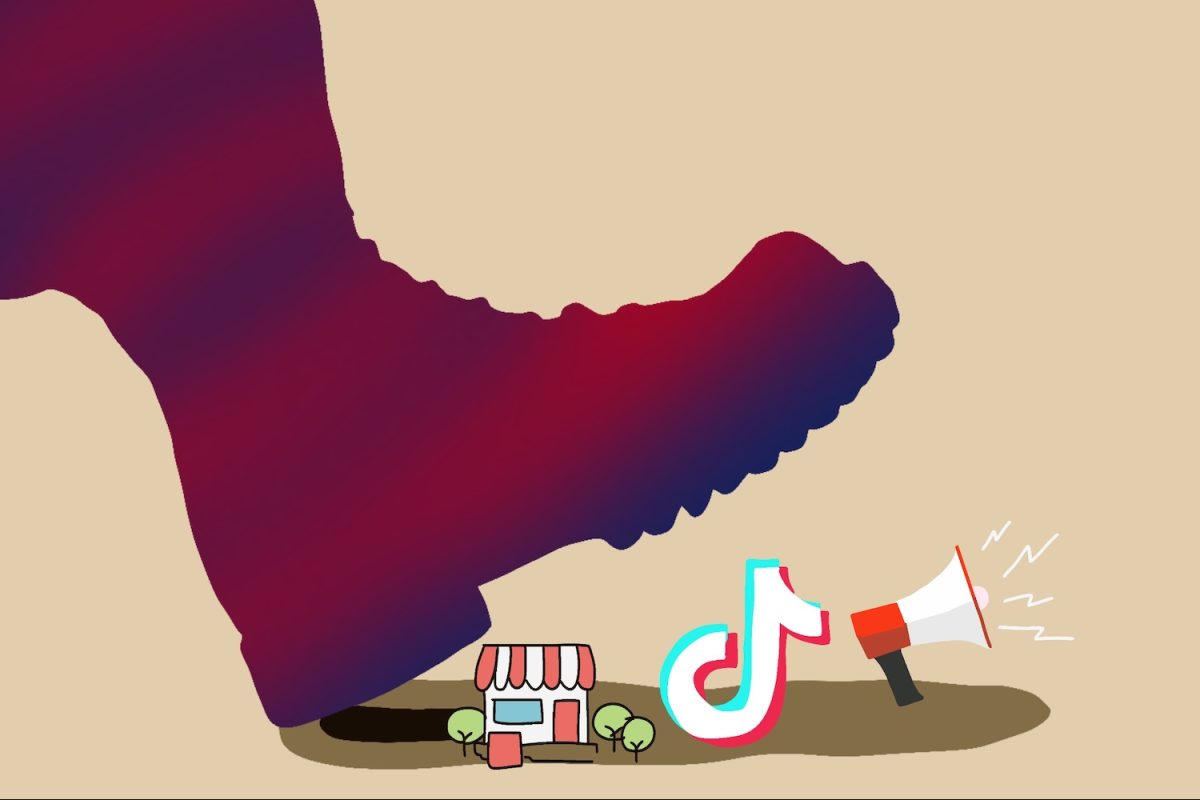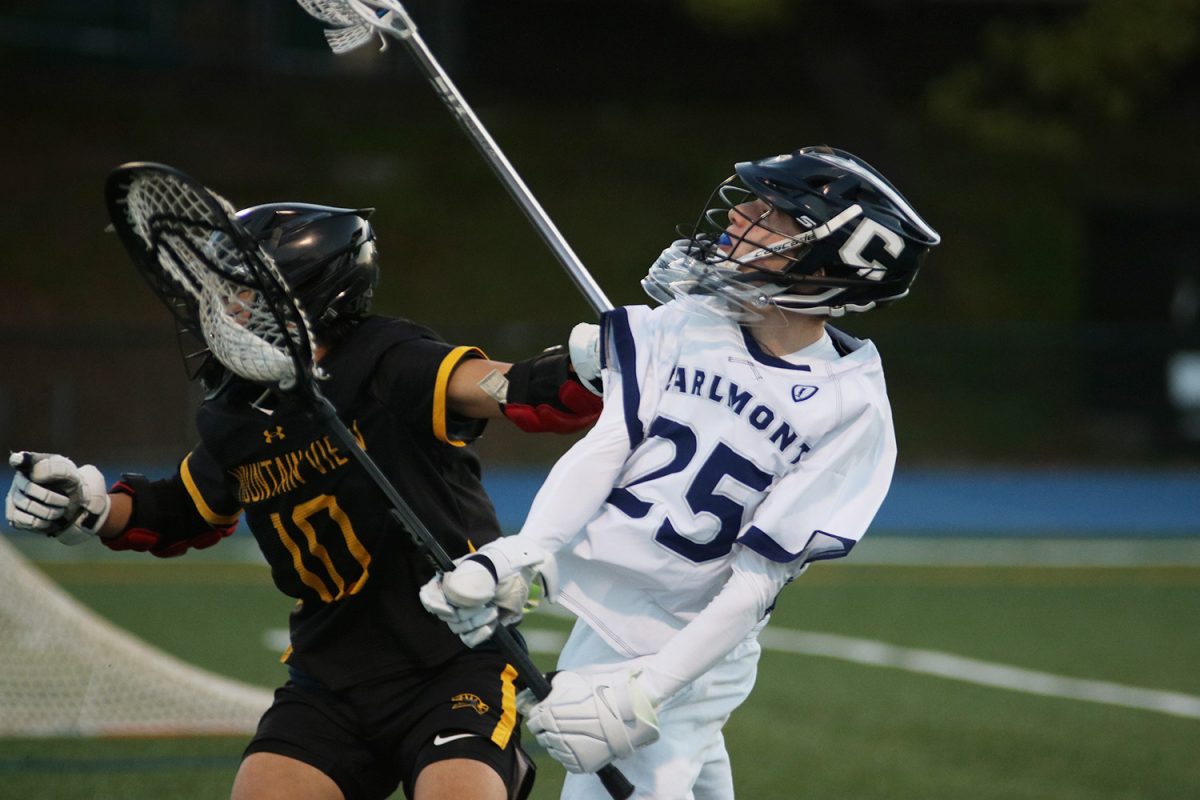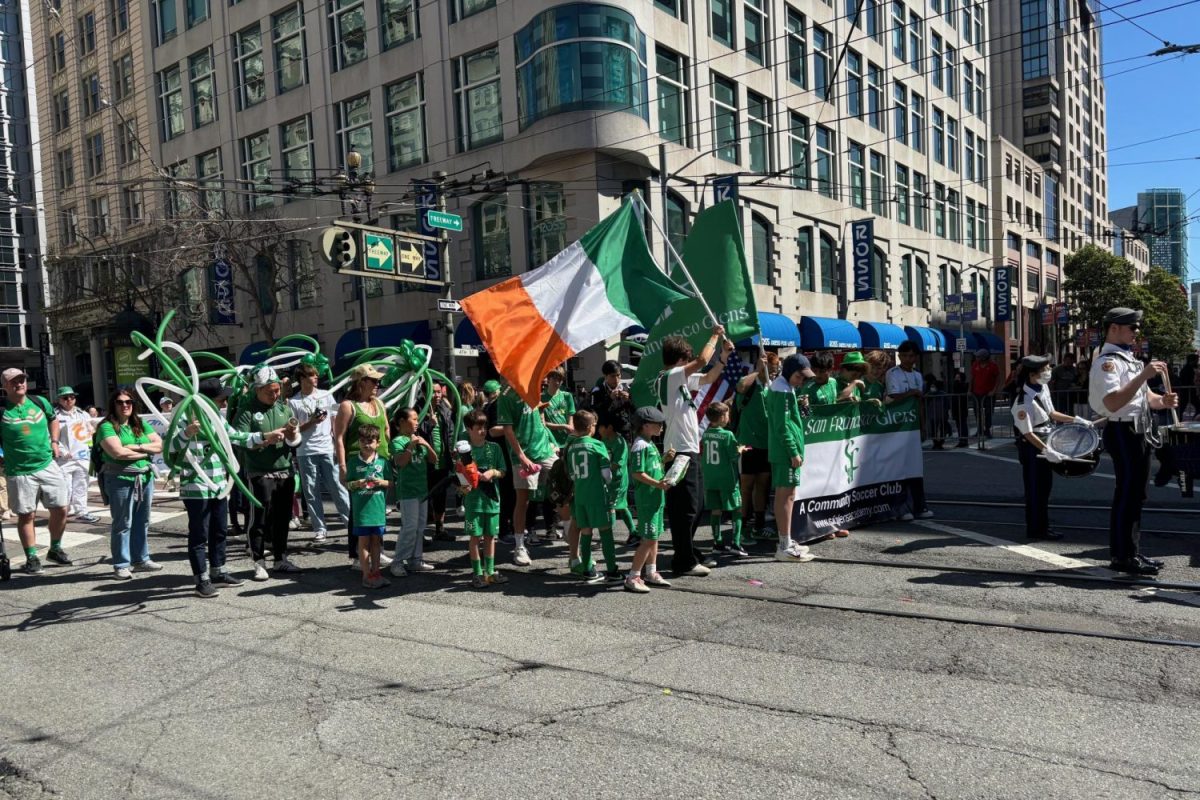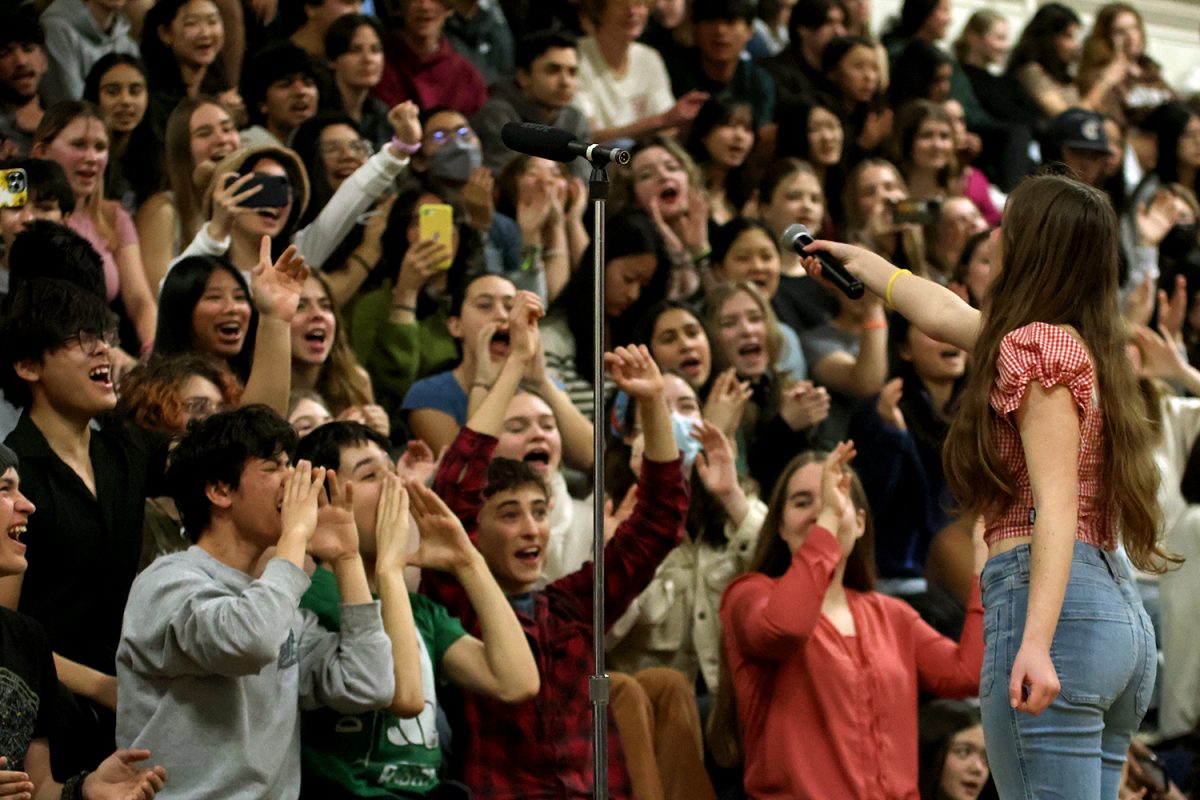The telephone poles on Alameda de las Pulgas are usually empty, save for a few lost bird signs or flyers urging pedestrians to visit a yard sale.
Most passersby don’t think twice about them; dads pushing strollers, dog walkers, and women armed with hand weights move right past the dark wooden pillars striped with yellow reflective tape.
Studded with nails and staples, remnants of people’s pleas on paper, they stand waiting.
In July 2021, one telephone pole on the Alameda held a different kind of poster. It belonged to the San Carlos Riot Grrrl chapter.
“Hey, Girlfriend! If you’re a person who the patriarchy keeps trying to SILENCE and you need to SHOUT, SCREAM, or WRITE, contact us to get involved. The Queer, Femme, POC, Trans Punk Revolution is here 4 you.”
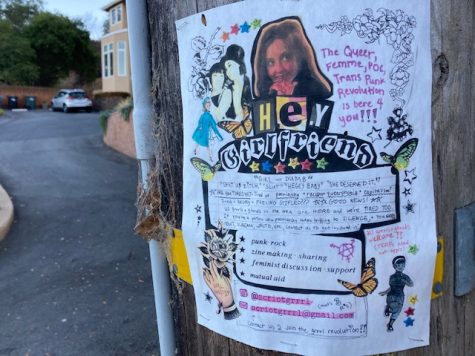
These words, encircled with cutout magazine photos, butterfly sketches, and star-stickers, gathered six teens intent on changing the landscape of social injustice.
It transported them to two decades prior when an underground feminist movement rocked the music industry.
Grunge, gender, and the grrrls
The 1990s were a pivotal period for punk music. Grunge was the new chic. Green Day had a single in the Top 40 for 75 weeks. Nirvana was playing to crowds of over 100,000 people. Bands like Blink 182, Alice in Chains, and Pearl Jam were dominating the airwaves.
But people were missing from this narrative. Women, people of color, and members of the LGBTQ+ community were also making punk music. According to “Girls to the Front: The true story of the Riot Grrrl Revolution” by Sara Marcus, these communities felt excluded from performing in a white, male-dominated industry and were looking for an outlet.
Young feminists got to work, organizing a meeting in Olympia, Washington, where they could foster an empowering scene fit to release their anger at discriminatory systems. It was not long before these meetings needed a name; Allison Wolfe and Molly Neuman, members of the band Bratmobile, began calling each gathering a “Girl Riot.”
In addition to the music, the meetings were dedicated to creating zines— collaged, self-produced magazines filled with poetry, artwork, and other musings. Upon their completion, zines were photocopied and distributed to be shared amongst the community.
Feature Multimedia by Chesney Evert
“Zines were super crucial in the Riot Grrrl movement because it was an original way to spread ideas and art before social media,” Sofia Krutikova, Seattle-based musician and co-CEO of Riot Grrrl Records, said.
In the past year, Krutikova and roommate Kennady Quille started Riot Grrrl Records, a platform dedicated to all things Riot Grrrl, from music reviews to activism to their zine, “Ra Ra Rebel.”
Quille, a DJ on 90.3 KEXP Seattle, sees zine culture as a physical reflection of Riot Grrrl, connecting people across the globe.
“In our creative space, zines allow us to connect with our community, and we’re able to uplift voices that aren’t heard by traditional media; whose music isn’t being reviewed or whose art isn’t getting published,” Quille said. “There’s a really awesome Riot Grrrl scene going on in Northern Ireland, and we’ve connected with a bunch of people there through sending zines and music back and forth.”
In the long term, the pair hopes to open a record store in Seattle, Washington for the multi-faceted community they’ve created through Riot Grrrl Records and “Ra Ra Rebel.” There, they will continue publishing issues of the zine in a designated creative space, bringing the values of Riot Grrrl to a storefront.
“The thing I love about zines is that they’re not about perfection. You can have spelling mistakes and things that are half cut off, which only adds to the art. Just like the Riot Grrrl movement itself, it’s about unfiltered emotion, which is rarely perfect,” Quille said.
“The thing I love about zines is that they’re not about perfection. You can have spelling mistakes and things that are half cut off, which only adds to the art. Just like the Riot Grrrl movement itself, it’s about unfiltered emotion, which is rarely perfect”
— Kennady Quille
As the subculture developed, members became known as “Riot Grrrls.” Grinnell College’s Subcultures and Sociology department cites that the unconventional spelling is intended to simulate a feline growl. This new language was accompanied by the emerging term “girl power,” which is now globally commodified, splayed across t-shirts and water bottles.
“As girls, we’re constantly facing exclusion, and it’s not always overt like ‘girls can’t do this,’ but it’s coded to us that we’re not welcome,” Ava Litvak, a junior and member of the San Carlos Riot Grrrl chapter, said. “The original Riot Grrrls embodied this problem; they were sick of being trampled and harassed at punk shows, where they weren’t represented on stage anyway.”
Litvak revived a local Riot Grrrl movement in June 2021, two years after watching a documentary on Wonder Woman that cited Riot Grrrl as a pivotal part of feminism’s evolution.
Inspired by the unification of art, music, and activism, Litvak queued up Riot Grrrl bands in Spotify and found an intrinsic connection between the style and their identity.
“You can tell that the songs are so genuine… They come from this place of seething rage and aggression. It’s cathartic to listen to and to write; through them, you can vent about problems that often seem too big to quantify,” Litvak said.
The Riot Grrrl genre of music is often associated with Bikini Kill, Bratmobile, Heavens to Betsey, and Babes in Toyland; these groups are frequently considered to include the founding mothers of feminist punk, characterized by loud, edgy vocals, bold electric guitar riffs, and powerful percussion.
Feature multimedia by Chesney Evert
However, the scene has not always been as inclusive as it’s claimed to be.
“The fact of the matter is that Riot Grrrl was heralded by upper-middle-class, white, cisgender women in college. Even if they didn’t mean it, they subconsciously created a breeding ground for exclusion, which was heavily scrutinized,” Litvak said. “Recently, especially during quarantine, I’ve seen the movement be reclaimed by trans people and people of color. It has grown to give more communities visibility.”
Lyrics and influence
Beyond the music alone, Riot Grrrl lyrics are laden with meaning, often calling people to act against destructive patriarchy. Malaya Austin, Carlmont student and member of the San Carlos Riot Grrrl chapter, pulls their favorite lyrics from Bikini Kills’ “White Boy,” released in 1992.
“When Bikini Kill sings ‘I’m so sorry if I’m alienating some of you, Your whole f***ing culture alienates me,’ it really resonates with me,” Austin said. “Being a Black girl means living in a world that caters to white people’s comfort, and these lyrics really get that.”
Austin found Riot Grrrl music on social media, and it served as their entry point into the activism side of the movement. Over time, they’ve noticed that certain stylistic elements have transferred to mainstream pop music.
Specifically, songs like Olivia Rodrigo’s “Brutal” and No Doubt’s “Just a Girl” share the Riot Grrrl sound with no ties to its ideology. Critics suggest that this silences the movement by not giving it stylistic credit.
“I get that art inspires other art, but I feel like Riot Grrrl has been watered down to just mean women in punk or rock music,” Austin said. “In reality, it’s a movement. The music is part of that, but it’s really about the ideas behind the songs that make them Riot Grrrl.”
Austin, Litvak, and the other San Carlos Riot Grrrl members are working on fleshing out their chapter’s involvement in this subculture, which means many different things to various people.
Riot Grrrl is music; it’s art, it’s in a zine or through your headphones, and it’s a place to release the anger that comes with oppression.
“The Riot Grrrl slogan is ‘revolution girl style now,’ and that’s what it is,” Litvak said. “It’s our style, made by us, for us.”


